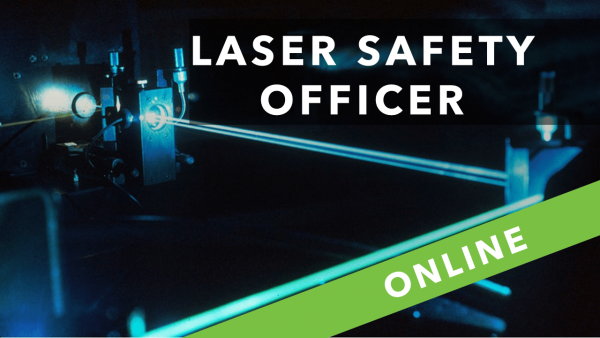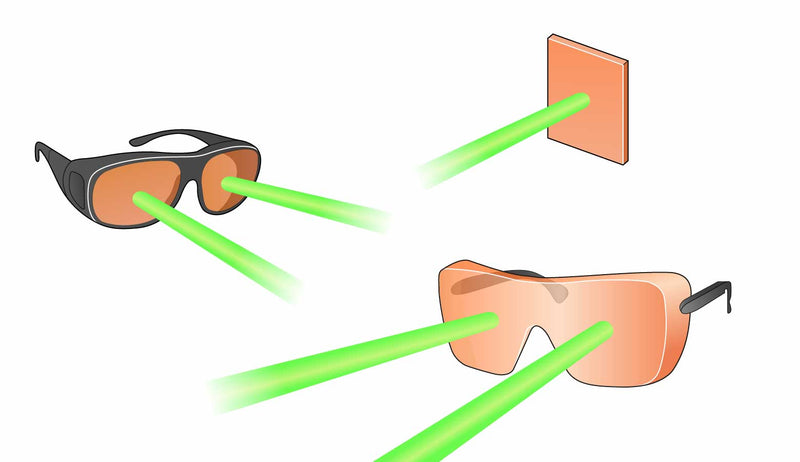Best Info To Picking A Safe Laser Therapy
Wiki Article
How Does Low-Level Safe Laser Therapy (Lllt) Aid In Reducing The Inflammation Of The Respiratory Tract?
Low-level laser therapy that is safe (LLLT) can help with respiratory inflammation by utilizing a variety of mechanisms- Anti-Inflammatory Effects- LLLT has been shown to reduce inflammation by inhibiting pro-inflammatory cytokines and promoting the release of anti-inflammatory mediators. LLLT aids in reducing inflammation in respiratory diseases, including bronchitis. The inflammation may cause symptoms such as coughing or wheezing.
Bronchodilation LLLT stimulates relaxation of the smooth muscles in the airways leading to the bronchodilation. This could be beneficial to individuals with conditions like asthma and chronic obstructive respiratory disease (COPD) in which bronchoconstriction can cause breathing problems.
Improved Blood Circulation – LLLT increases vasodilation, microcirculation and blood flow to the lungs. Increased blood circulation can deliver nutrients and oxygen to cells that are inflamed and promote healing.
The Enhanced Immune Response LLLT has been proven to regulate immune function by stimulating the production cytokines and enhancing phagocytosis, the process by which immune cells consume and eliminate pathogens. This can boost the immune system against respiratory infections, as well as reduce inflammation of the airways.
Reduced Mucus- LLLT assists in reducing excess mucus through promoting the removal of mucus and decreasing inflammation in the respiratory tract. This is particularly beneficial for those who suffer with chronic sinusitis or bronchitis. Excessive mucus is a contributing factor to respiratory symptoms.
Alleviation Allergic Reactions LLLT is a treatment option for treating allergic rhinitis (hay fever), a condition characterized as an inflammation of the nasal passages and the sinuses. LLLT can help in reducing inflammation and modulating immune system, can relieve allergy symptoms such a nasal congestion, sneezing, and itching.
It is safe Laser low-level laser therapy is a drug-free, non-invasive way to manage respiratory inflammation. It can offer relief from symptoms, as well as improve respiratory function. It is recommended to speak with an expert before using LLLT on respiratory conditions. It will guarantee that you receive the correct diagnosis and treatment. Read the recommended lágylézer for blog tips including laser kezelés, lágylézeres készülék, safe laser vélemények, otthoni lézer kezelés, orvosi lézer készülékek, safe laser készülék, lágylézer ár, lezeres kezeles, mozgásszervi betegségek kezelése, orvosi lézer készülékek and more.

What Are The Advantages Of A Safe Lasers To Treat Ear, Nose, Sinus, And Throat Issues?
Low-level laser therapy (LLLT) can assist with different ear, nose and throat (ENT) problems by utilizing a variety of mechanisms- Reduced Inflammation- LLLT is anti-inflammatory, which can help reduce inflammation of the tissues that line the ear, nose, and throat. It is a great option for treating conditions like sinusitis rhinitis or tonsillitis. Inflammation contributes to symptoms like nasal congestion, sore neck, and ear irritation.
Pain Relief – LLLT can be effective in reducing the pain associated with earaches, sinus pressure and sore throats.
Improved Tissue Healing LLLT increases cellular metabolism and proliferation, leading to accelerated healing and repair of tissues. In ENT ailments like Otitis media (middle ear infection) or pharyngitis (sore throat), LLLT can help accelerate the healing process of damaged or damaged tissues.
Improved Circulation - LLLT increases microcirculation and dilation of the vascular system, which results in greater blood flow to the area affected. The improved blood circulation aids healing by transporting oxygen and nutrients to the tissues.
Antimicrobial Effects - LLLT has been found to have antimicrobial effects, which can help reduce levels of viral or bacterial infection in the throat or nasal passages. This could be beneficial in the treatment of conditions like sinusitis, tonsillitis and other types of infection.
Treatment of Allergy Symptoms LLLT helps reduce symptoms of allergic rhinitis, hay fever and other allergies by reducing inflammation in the nasal passages and sinuses. This can decrease nasal congestion as well as an increase in sneezing.
Tinnitus Treatment- LLLT was investigated as a treatment option to treat Tinnitus. Tinnitus causes ringing and buzzing sounds inside the ear. LLLT is believed to enhance blood circulation and reduce inflammation in the auditory system and lead to a reduction of the tinnitus.
Overall, safe Laser low-level laser therapy provides an uninvasive and drug-free solution to treating a range of ear, nose, and throat issues, bringing relief from symptoms as well as faster healing. Before making use of LLLT for treating ENT issues, it is recommended to seek out an ENT specialist for an accurate diagnosis and treatment plan. See the best safe laser for blog tips including safe laser kezelés budapest, safe laser használata, lágylézer készülék bérlés, orvosi lézer készülékek, lágylézeres készülék, laser hu, laser hu, lágylézer ár, mozgásszervi betegségek kezelése, lágylézer vásárlás and more.

How Long Will It Take Before A Secure Laser Device Takes Effect In Oral And Dental Conditions?
Safe Laser low-level therapy (LLLT), which is utilized to treat oral and dental conditions, has a wide variety of efficacy. This depends on factors such as the condition being which is treated, the degree of the problem and the individual's response to treatment. In general, a sequence of LLLT sessions over a specified time period is recommended for optimal results for dental and oral conditions.The amount of LLLT sessions needed for oral and dental conditions is contingent upon several factors.
The severity and type of dental issue can impact the amount of LLLT treatment sessions required. The conditions like gingivitis oral ulcers, periodontitis or temporomandibular joints (TMJ) issues could require different treatment methods and varying amounts of LLLT sessions.
Individual Response to Treatment Certain factors, such as oral health, immunity, and healing capacity can influence how well an individual responds to LLLT for dental and oral conditions. Some people react to treatment faster and experience a faster improvement in symptoms. Some individuals might require a longer-term treatment.
Treatment Protocol - The dentist's treatment protocols will decide the frequency and amount of LLLT sessions needed for treating oral and dental problems. Healthcare professionals can create treatment plans that meet the needs of each patient, such as scheduling LLLT sessions in intervals or multiple times per week.
Acute Conditions and. Chronic Conditions Acute conditions- The distinction between chronic and acute condition will also impact the amount of LLLT sessions needed. Acute conditions including oral ulcers or pain following surgery might require only a few sessions of LLLT to offer relief. Chronic diseases such as TMJ disorder or periodontitis may require more treatments.
While some people will experience improvements in their oral or dental problems after just a few LLLT treatment sessions, others may need a more prolonged course of treatment to get optimal outcomes. For optimal outcomes, it is recommended to follow the advice of your dentist's treatment plan. It is also recommended to attend all scheduled LLLT appointments. Communication with your dental provider and regular surveillance of your oral health are important for ensuring appropriate management.